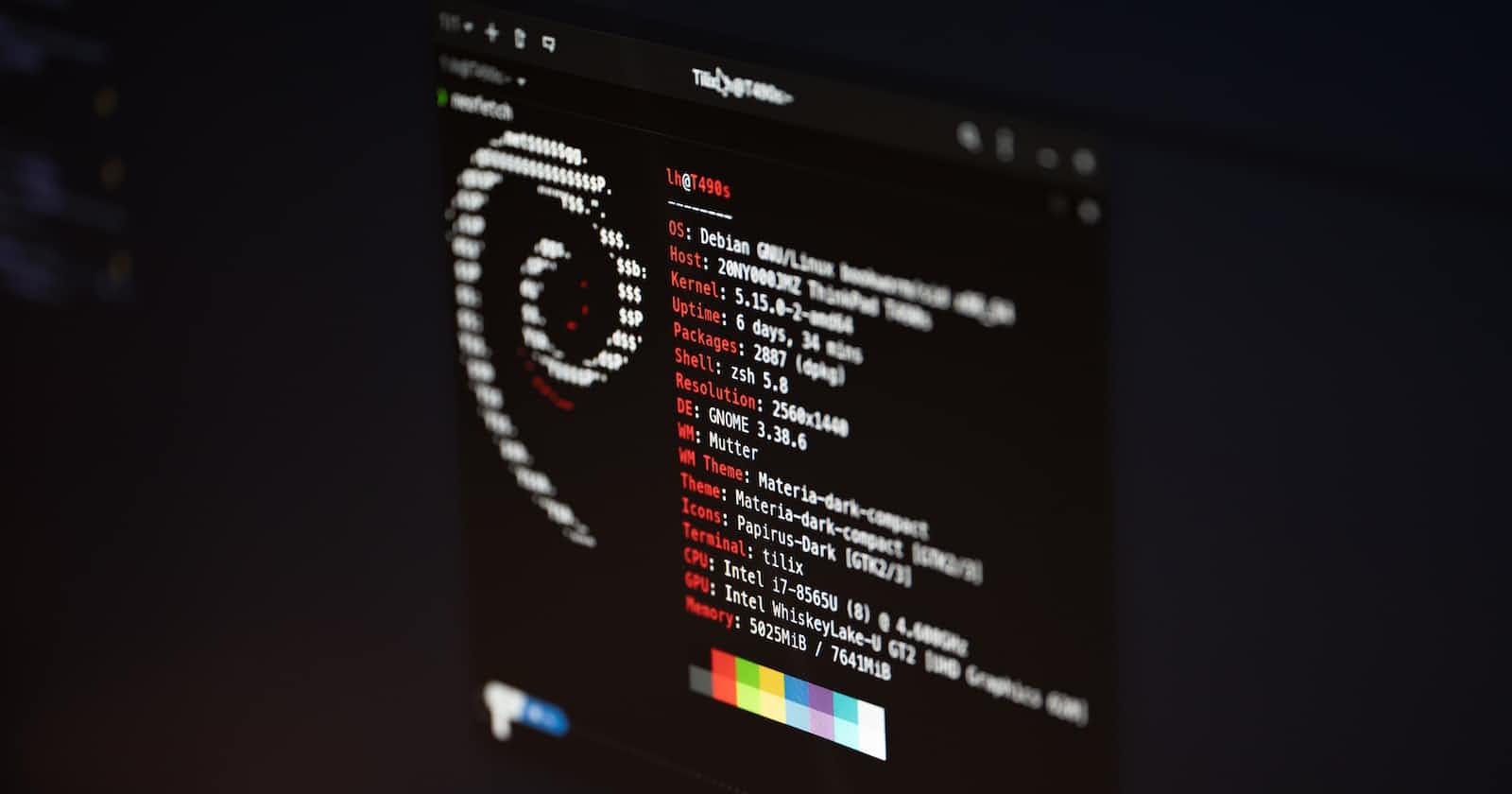Understanding File Permissions in Linux: A Comprehensive Guide
Table of contents
No headings in the article.
Introduction
Linux, known for its robust security features, relies heavily on file permissions to control access to files and directories. Understanding file permissions is essential for both beginners and experienced users to maintain the integrity and security of their systems. In this article, we will explore the fundamentals of Linux file permissions, how they work, and how to manage them effectively.
The Basics of File Permissions
In Linux, every file and directory is associated with three types of permissions, each assigned to three different categories of users:
1. Read (r): Allows users to view the content of a file or list the contents of a directory.
2. Write (w): Permits users to modify a file's contents or create, delete, and rename files in a directory.
3. Execute (x): Grants users the authority to execute a file as a program or access files within a directory.
These permissions are assigned to three categories of users:
1. Owner: The user who created the file or directory.
2. Group: A collection of users with similar permissions.
3. Others: Everyone else who is not the owner or part of the group.
Permission Representation
Linux represents permissions using a 10-character string, which can be a little intimidating at first. However, breaking it down simplifies understanding:
- The first character signifies the file type (e.g., "-" for regular files or "d" for directories).
- The next nine characters represent the permissions for the owner, group, and others, respectively.
For example, a file with the permission string "rw-r--r--" implies that the owner can read and write the file, while the group and others can only read it.
Changing File Permissions
There are multiple ways to change file permissions in Linux:
1. chmod: The chmod command allows users to modify permissions manually. For instance, to give the owner execute permission on a file, you can use "chmod u+x filename."
2. chmod with Numeric Mode: You can also use numeric values to set permissions. For instance, "chmod 755 filename" sets the file to be readable, writable, and executable by the owner, and readable by the group and others.
3. chown: The chown command changes the owner of a file or directory. For instance, "chown newowner filename" changes the owner of "filename" to "newowner."
4. chgrp: The chgrp command changes the group ownership of a file or directory. For example, "chgrp newgroup filename" changes the group of "filename" to "newgroup."
Best Practices for File Permissions
To maintain a secure Linux system, consider these best practices:
1. Limit Permissions: Assign the least privilege necessary to each user or group to prevent unauthorized access or accidental modifications.
2. Regular Auditing: Regularly review and audit file permissions to identify and correct potential security risks.
3. Proper Group Usage: Create groups with specific access requirements, reducing the need for overly permissive permissions.
4. Be Cautious with chmod: Avoid overly permissive settings, especially for sensitive files, as it can lead to security vulnerabilities.
5. Use umask: Set an appropriate umask value to control default permissions for newly created files and directories.
Conclusion
File permissions are a fundamental aspect of Linux security. By understanding the basics of file permissions and following best practices, you can maintain the confidentiality, integrity, and availability of your files and directories. Remember to always strike a balance between accessibility and security to keep your Linux system running smoothly and securely.

